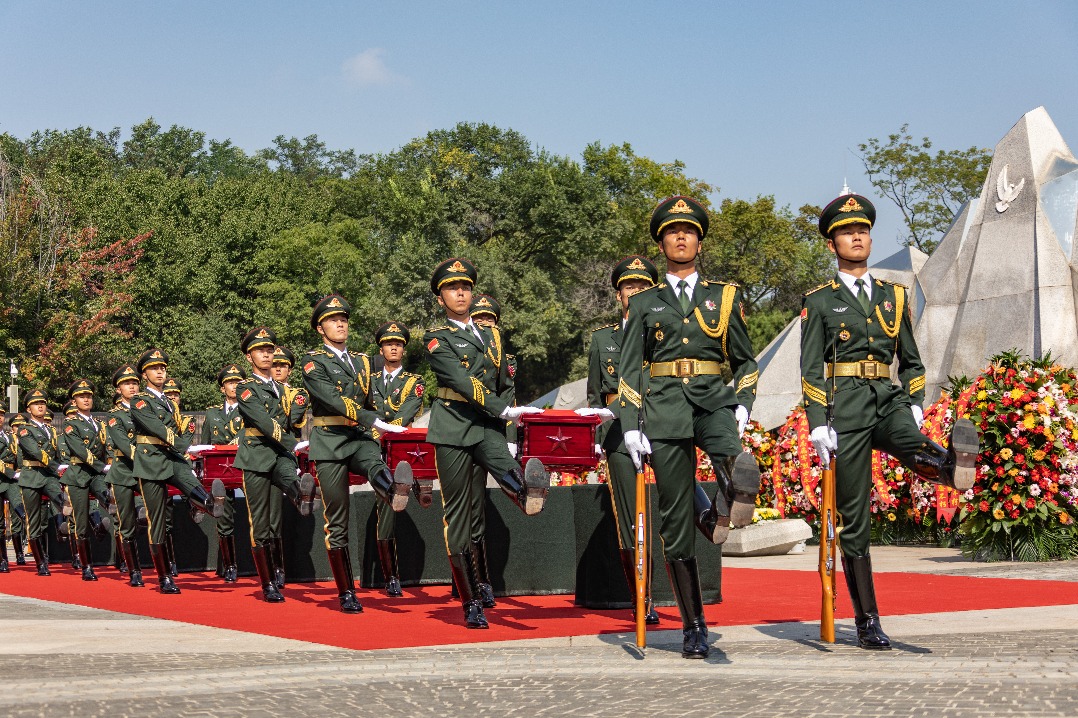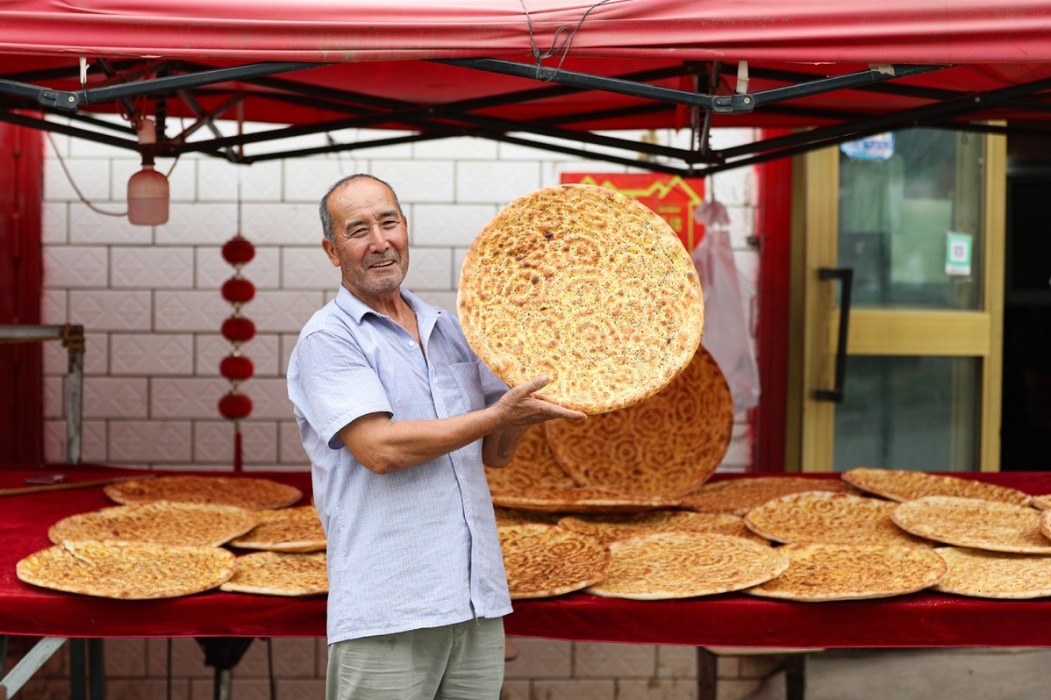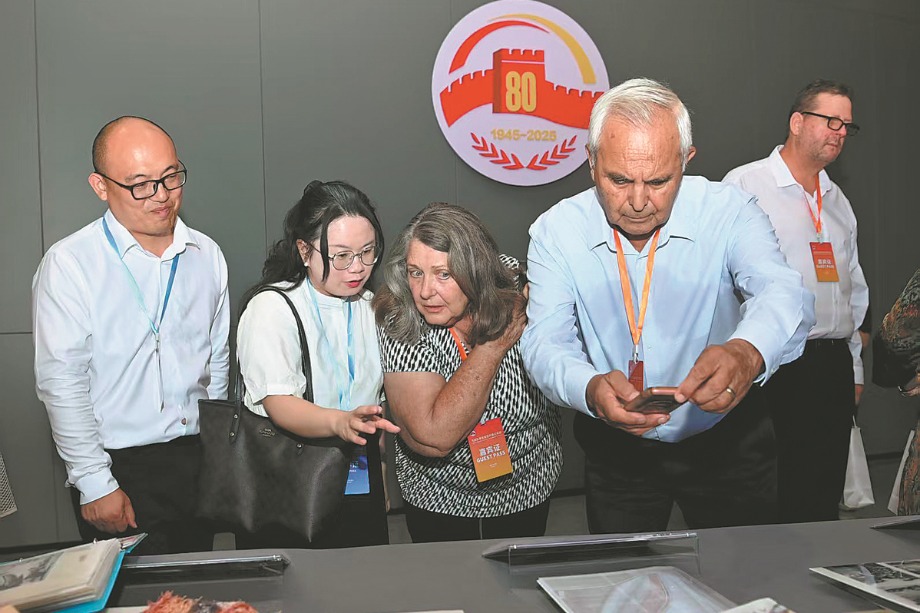Tsinghua building new home for science museum

Once it opens its new home in 2027, the Tsinghua University Science Museum will become China's first comprehensive scientific and research-oriented institution.
The museum, which is currently occupying space in the university's Mong Man-wai Humanities Building, aims to showcase major scientific discoveries and technological inventions made throughout the nation's history, with a special emphasis on Tsinghua's contributions, according to Wu Guosheng, the museum's director.
The museum will serve not only as an exhibition space but also as an educational platform, encouraging students and the public to engage deeply with the history and spirit of scientific exploration, Wu said.
"A great university must have a great museum," he said, noting the role such institutions play in higher learning and public engagement. "Museums legitimize the cultural activities of modern society. Science museums, in particular, preserve and celebrate the achievements of the Industrial Revolution and subsequent scientific progress."
Despite its heavy investment in science education, China has long lacked a comprehensive science museum, Wu said, adding that Tsinghua aims to fill that gap.
The museum will be more than just an exhibition venue. It will also serve as a dynamic educational space that encourages cross-disciplinary learning and inspires a deeper appreciation of science among students and the public, he said.
The museum has already become a platform for student-led initiatives. Kong Weiyi, a doctoral student at the School of Life Sciences at Tsinghua, developed an online exhibition titled Dating Across the Nth Power: Models of Atoms, Molecules, and Crystals, which began as a class assignment.
With support from the museum, her project grew into a public-facing digital display featuring 30 scientific models. The exhibition combines hand-drawn illustrations with historical narratives, making complex concepts such as molecular geometry and crystallography accessible and engaging.
"I hope visitors can rediscover the wonder of these structures, whether they're familiar with the science or just starting to learn," Kong said. "Maintaining curiosity is what truly matters."
The museum's volunteer team plays an important role in engaging the public. Yang Mingfan, now pursuing a master's degree at the Department of the History of Science, began volunteering during his undergraduate years hoping to improve his communication skills.
"I was initially very shy — I couldn't even make eye contact," he recalled. "But explaining exhibits to diverse audiences pushed me to learn more and speak with greater confidence."
One memorable moment came during a Copernicus-themed exhibition when a visitor asked detailed questions about an instrument used to measure lunar parallax — the apparent shift in the moon's position when viewed from two different locations on Earth — which Yang could not immediately answer.
He later researched the topic and followed up with the visitor through WeChat. Meanwhile, another visitor became a volunteer himself.
"It made me realize that being a science communicator means continuous learning and connecting with people," Yang said.
Another volunteer named Liu Dibo, a doctoral candidate at the School of Environment, shares stories of scientific perseverance at the museum. He often speaks about the early researchers at Tsinghua's Institute of Nuclear and New Energy Technology, who conducted groundbreaking work with minimal resources — using modified thermos flasks for liquid nitrogen and medical clamps to handle radioactive materials.
"These stories aren't just history; they're a source of inspiration," Liu said. "They teach us about resilience, ingenuity and putting the nation's needs first."
The museum has also made an impression on young visitors. During the National Day holiday in 2021, a young boy left a hand-drawn national flag on the display cabinet of the Tianhe-1 supercomputer after learning about the scientists behind it — a gesture Liu described as a symbol of how the scientific spirit passes from one generation to the next.
The permanent museum will be located between the Tsinghua University Art Museum and the Academy of Art & Design. It will include a main hall, a Tsinghua history hall and a special exhibitions gallery, totaling about 6,000 square meters.
Until it opens, the museum will continue to hold temporary exhibitions in the humanities building.
Wu envisions the museum as a catalyst for broader change.
"We are not only serving Tsinghua, we are leading a national movement toward the preservation of scientific heritage and the promotion of science literacy," he said.





































